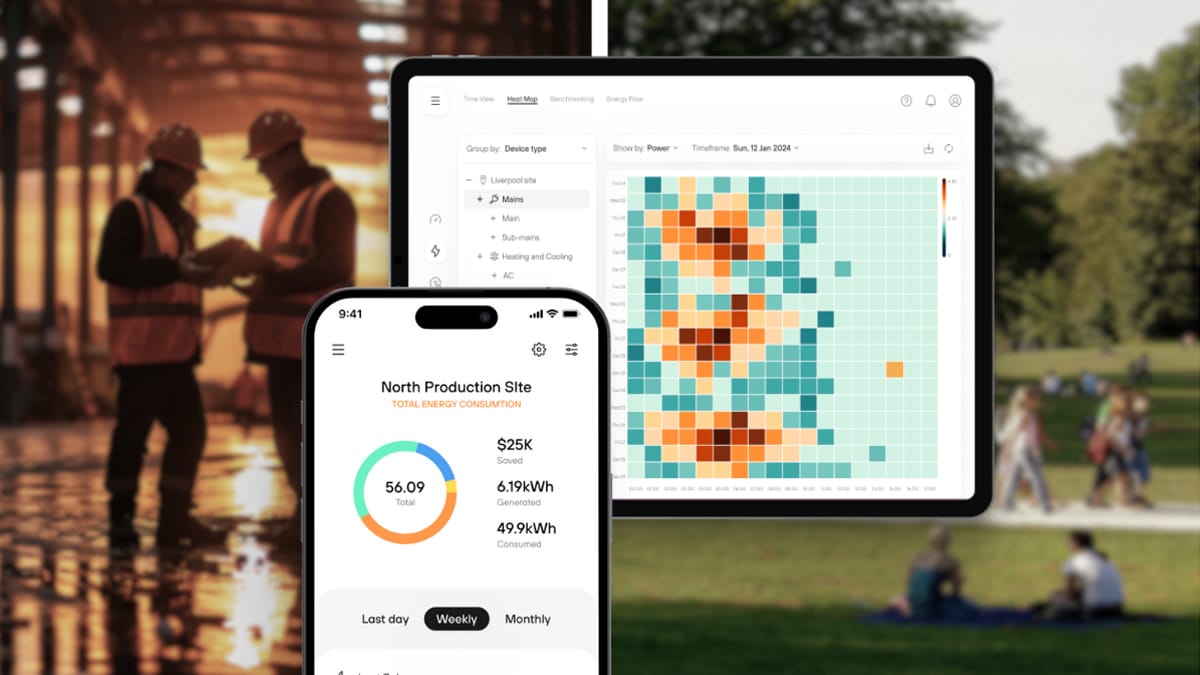Utility Procurement, Energy Efficiency and Sustainability Consulting for Businesses
At Total Utilities, we’re here to provide your business with smart, effective solutions for energy, waste, and carbon management.

From cutting costs and reducing landfill waste to improving energy usage and meeting your sustainability targets, we’re here to help you achieve your goals.
Proven Success: Driving Energy Efficiency and Cutting Costs
Discover how we’ve helped our clients achieve amazing results.
Utility Procurement

Energy case study:
Groundbreaking First in Renewable Energy Procurement With Iconic Kiwi Band.

Waste case study:
Transforming trash to triumph for leading hotel group.
Energy Efficiency

Panoramic Power case study:
A local big box retail chain cuts energy waste

Solar case study:
Real-time energy insights help NZ schools cut emissions, boost efficiency & explore solar savings.
Sustainability Consulting

Carbon Reporting case study:
Driving Sustainability Success in Manufacturing, Pharma, & Forestry Industries

Waste Reduction testimonials:
Get precise carbon data and actionable insights with user-friendly reports.

Why Choose Total Utilities?
Results-Driven Solutions Backed by Decades of Industry Expertise.
Maximise Savings, Minimise Waste
Measure – Baseline your energy and waste costs and identify savings opportunities.
Monitor – Track your performance against KPIs to increase efficiency.
Reduce – Our services will identify opportunities for you to take action on excess usage or waste to streamline your spend and emissions.
Insights: Market News and Success Stories

Live Feed
Latest Client Success Stories
How a Pilot Programme Uncovered Over $70K in Energy Waste
And Solved It in Just 5 Minutes ⚡ At Total Utilities, we’re always looking for smarter ways to help Kiwi businesses reduce energy costs and improve operational efficiency. One of our recent pilot programmes with a logistics company delivered exactly that—and the...
Live Feed
Energy News & Insights
How a Pilot Programme Uncovered Over $70K in Energy Waste
And Solved It in Just 5 Minutes ⚡ At Total Utilities, we’re always looking for smarter ways to help Kiwi businesses reduce energy costs and improve operational efficiency. One of our recent pilot programmes with a logistics company delivered exactly that—and the...
Transform Your Utility Procurement, Energy Management & Sustainability Strategy Now!
Connect with us today for tailored solutions that match your business’s needs.

